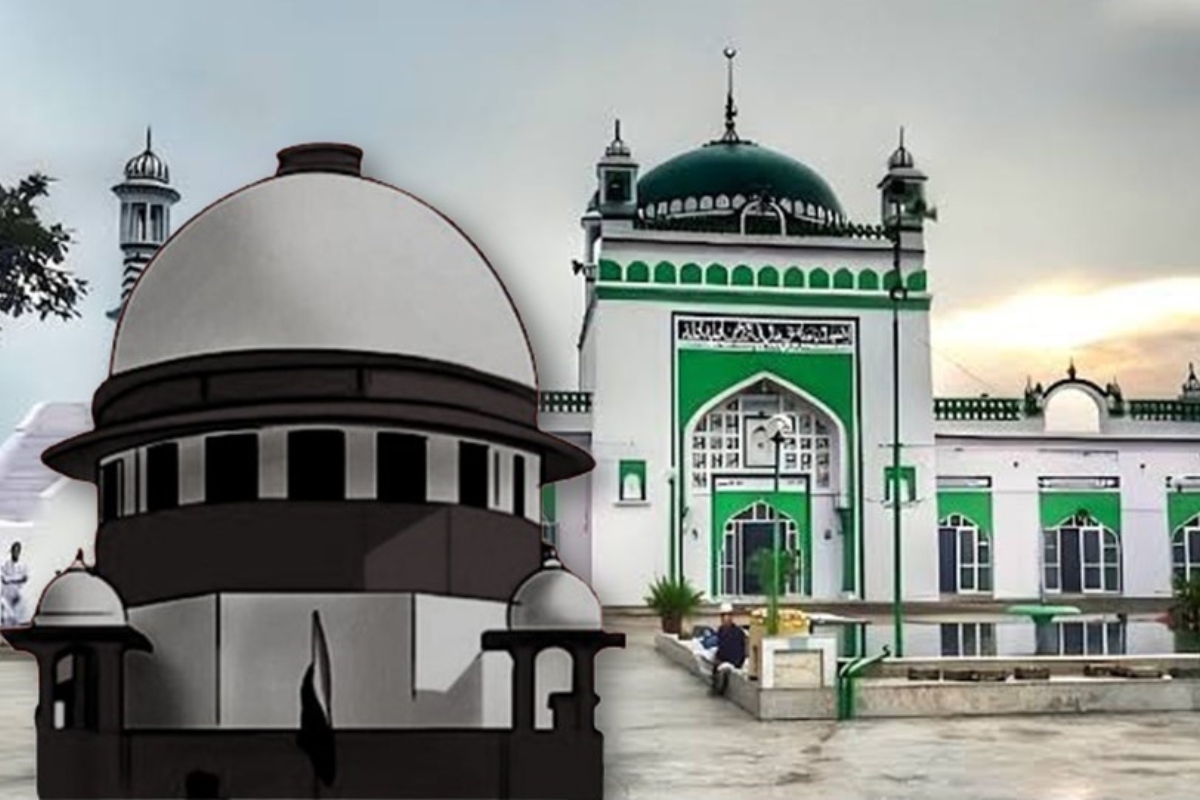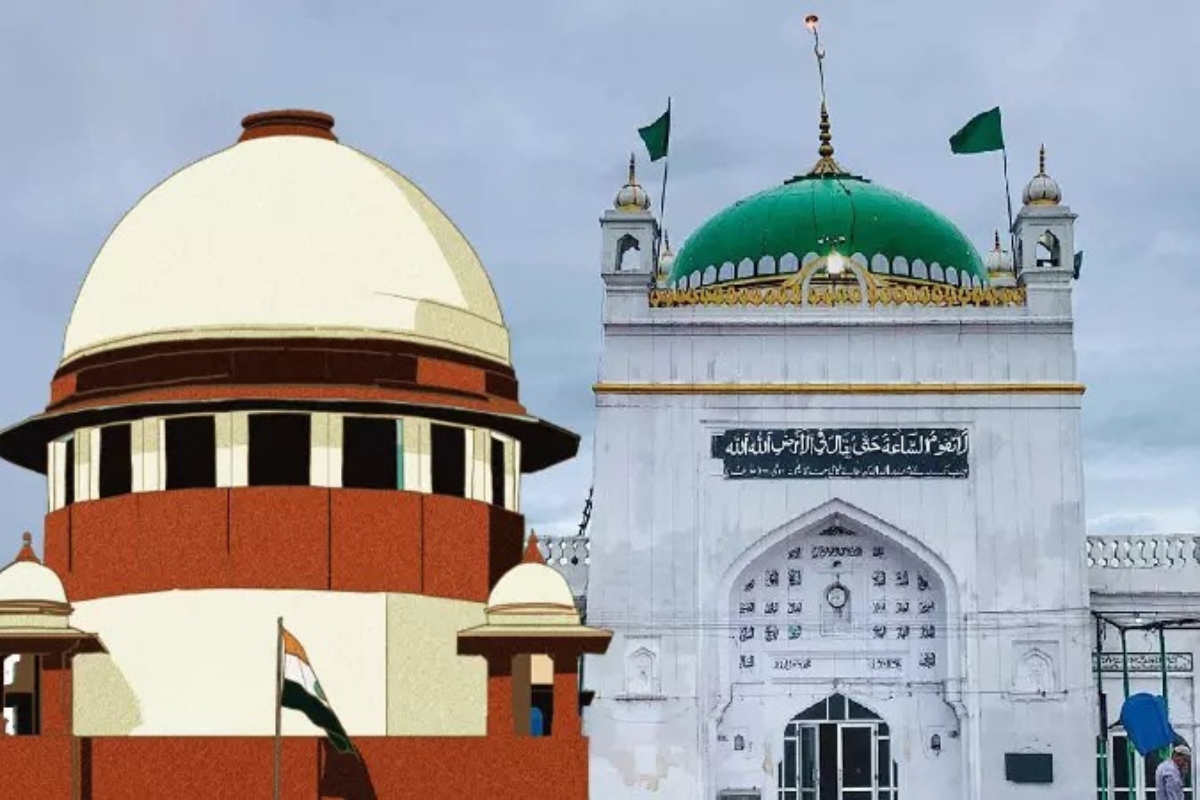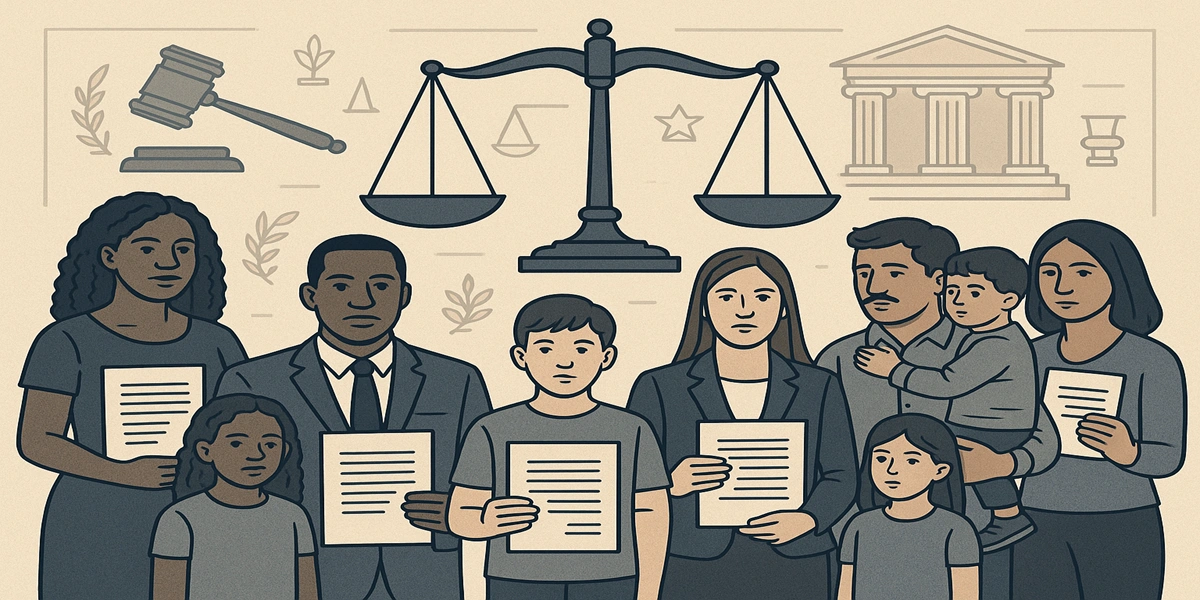Sometimes, places of faith become the heart of emotions, and when disputes arise around them, it’s not just legal, it’s deeply personal for communities. In the town of Sambhal, Uttar Pradesh, a well near the centuries-old Jama Masjid has become the centre of a sensitive issue, calling for calm, clarity, and justice. Recently, the Supreme Court stepped in to protect peace and order while making sure every side gets a fair hearing.
The Heart of the Dispute: A Well and Its History
The well in question is located near the entrance of the historic Shahi Jama Masjid of Sambhal, believed to have been in use for a long time. According to the mosque committee, this well has served the mosque community for generations. They claim it lies partially within the mosque premises and has religious significance for them. On the other side, representatives from the Hindu community believe that the well stands completely outside the mosque’s boundary and has been used for worship in the past.

This disagreement took a serious turn after a November 2024 order from the Sambhal civil court allowed a survey of the mosque by an advocate commissioner. The mosque committee felt unheard, alleging that the order was passed without their input. The result? Rising tension in the area, which sadly led to violent protests just days later.
Supreme Court Firm Stand on Justice and Calm
Recognising the sensitivity of the matter, the Supreme Court has now taken a balanced stand. It has ordered a status quo, meaning no action or development should take place near the disputed site until the court gives its further direction. Importantly, the court also made it clear that no religious activity or construction can be carried out without its express permission.
The bench, headed by Chief Justice Sanjiv Khanna, listened patiently to both sides. Senior Advocate Huzefa Ahmadi, speaking for the mosque committee, asked for three weeks to respond to the district administration’s report. He mentioned that the mosque committee president, Zafar Ali, is currently in jail, which has made it difficult to prepare a response.
The Hindu side, represented by Advocate Vishnu Shankar Jain, and the state government, through Additional Solicitor General K.M. Natraj, argued that the well lies entirely outside the mosque premises, beyond even a police outpost.
Court Seeks Truth, Not Tension
The court emphasised that peace must be preserved and no side should attempt to act without legal backing. It has asked the mosque committee to file their written response within two weeks. Until all facts are carefully examined and both claims are fully heard, the court wants to ensure no action is taken that might disturb communal harmony or mislead the situation further.

This case is more than just about land or property. It is about trust, faith, and co-existence. At a time when emotions are running high, the Supreme Court has shown that only through patience, respect for the law, and calm can such issues be resolved.
Disclaimer: This article is based on publicly available legal developments and aims to present them in an easy-to-understand and neutral manner. It does not intend to hurt any religious sentiments or take sides in the ongoing legal matter. Readers are advised to await the final decision of the court for the complete and lawful resolution of the issue.
Also Read:
Delayed But Not Denied: Supreme Court Revives Claims Under Limitation Law
Understanding the Law of Torts Bare Act: A Complete Guide
When Law and Love Unite: Supreme Court Applauds Piplantri Tree Tradition






